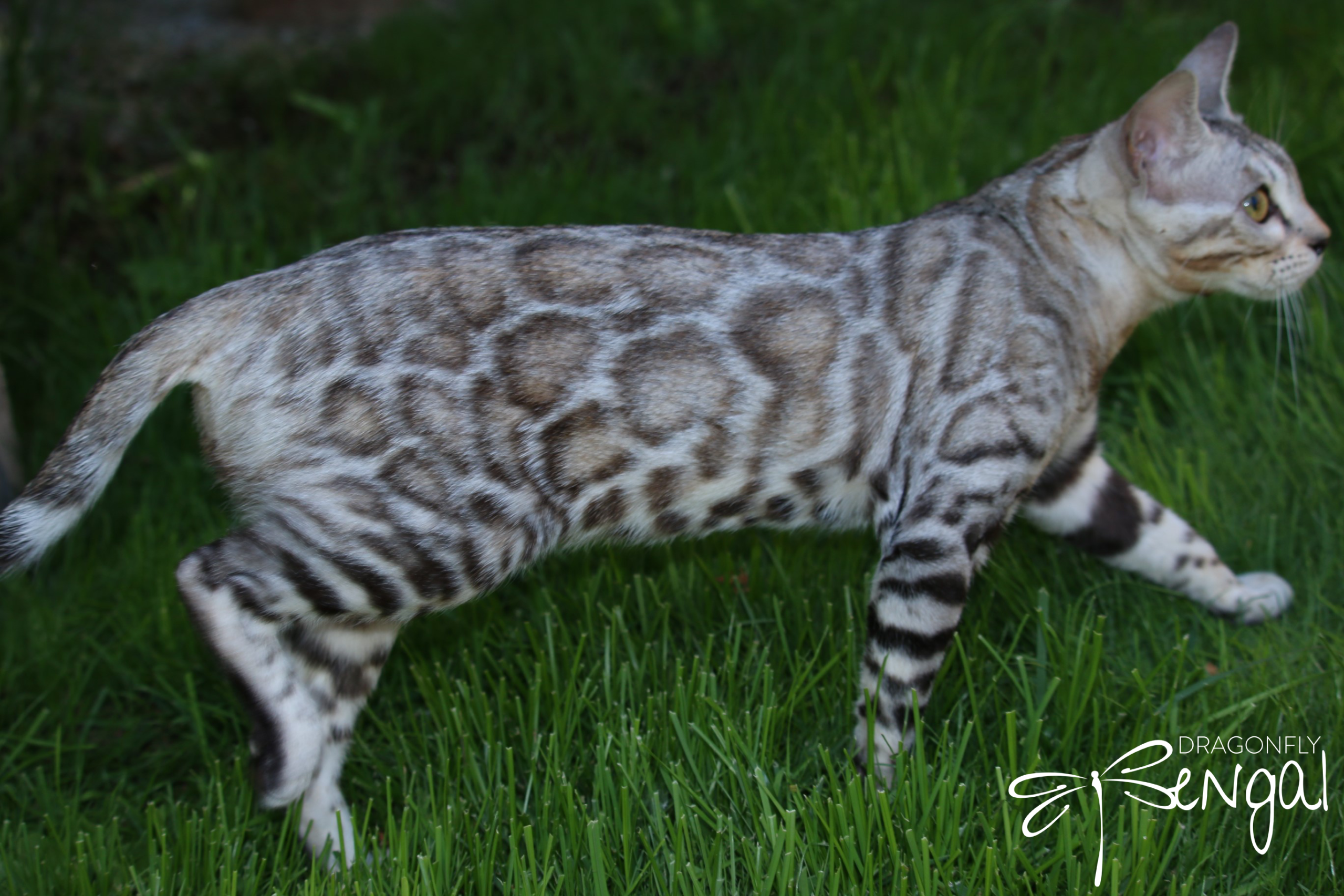What is a Bengal cat?
The Bengal cat is a domesticated cat created from an outcross between a domestic cat and an asian leopard cat, the smallest leopard sub-specie.
Bengal cats have an affectionate nature. They are extremely energetic and playful. Bengal cats are intelligent and seem to look at everything around them as ‘can this be played with?’
Bengal cats will never be called delicate. They’re athletes: agile and graceful with a strong, muscular body, like a feline belonging in the jungle.
Despite their wild look, Bengal cats are actually quite lovely and loyal towards their human families. This being said, they also have high energy and a fun-loving, playful side. They are active and need a home that can match their energy.
Are bengal hypoallergenic cats?
This is a myth! Bengal cats are not hypoallergenic. These cats are easier on allergic people than the other breeds but it also depends on what the person is allergic to.
If a person is allergic to the fur, then a low shedding, short haired cat, or hairless cat would definitely be easier on allergies. If a person is allergic to the dander, then there are breeds that produce less dander as well. There are also certain cats that produce less of the particular proteins in their saliva that causes another allergen. All cats will come with some amount of dander, saliva or fur. Each person will react differently.
Bengal cats are known to be low shedding cats and many produce less dander and seem to be overall easier on people with allergies. It might have to do with the exotic feline in their pedigree. They are definitely not hypoallergenic, however!
Bengal health and tests.
All our Bengals are tested with Uc davis and Mycatscan .
We tests for the Piruvate Kinase Deficiency (PK)Def.
Pyruvate kinase deficiency in cats is an inherited hemolytic anemia that is passed down from parents to offspring. An affected feline has an absence of the regulatory enzyme, pyruvate kinase, which is responsible for the metabolism of energy used to create more red blood cells.
We also tests for the Pra-B.
Progressive retinal atrophy (PRA), is a group of degenerative diseases that affect these photoreceptor cells. With this disease, the cells deteriorate over time, eventually leading to blindness in the affected cat.
We also run pro-bnp test with Idexx for heart problems and our cat are also scanned for HCM.
Our cattery is negative to Tritrichomonas Foetus, Giardia and Coccidia.
All our cats are also negative to feline and leukemia.
Bengal color coat and patterns
Bengals comes in a variety of coat colors. The International Cat Association (TICA) recognizes several Bengal colors. Brown Spotted, Seal Lynx Point (snow), Seal Mink, Seal Sepia, Silver, Dilute, Chocolate, Cinnamon, Melanistic and Charcoal.
The Bengal cat is the only domestic breed of cat that has rosetted markings. People most often associate the Bengal with the most popular color: the Brown spotted/rosetted Bengal. However, Bengals have a wide variety of markings and colors. Many people are stunned by the Bengal Cat’s resemblance to a leopard. Among domestic cats, the Bengal markings are perhaps the most varied and unique.

Bengal size
The Bengal is an average to large-size, spotted cat breed. Bengals are long and lean. Bengals are heavier than the average house cat because of their muscular bodies.

Thank you!